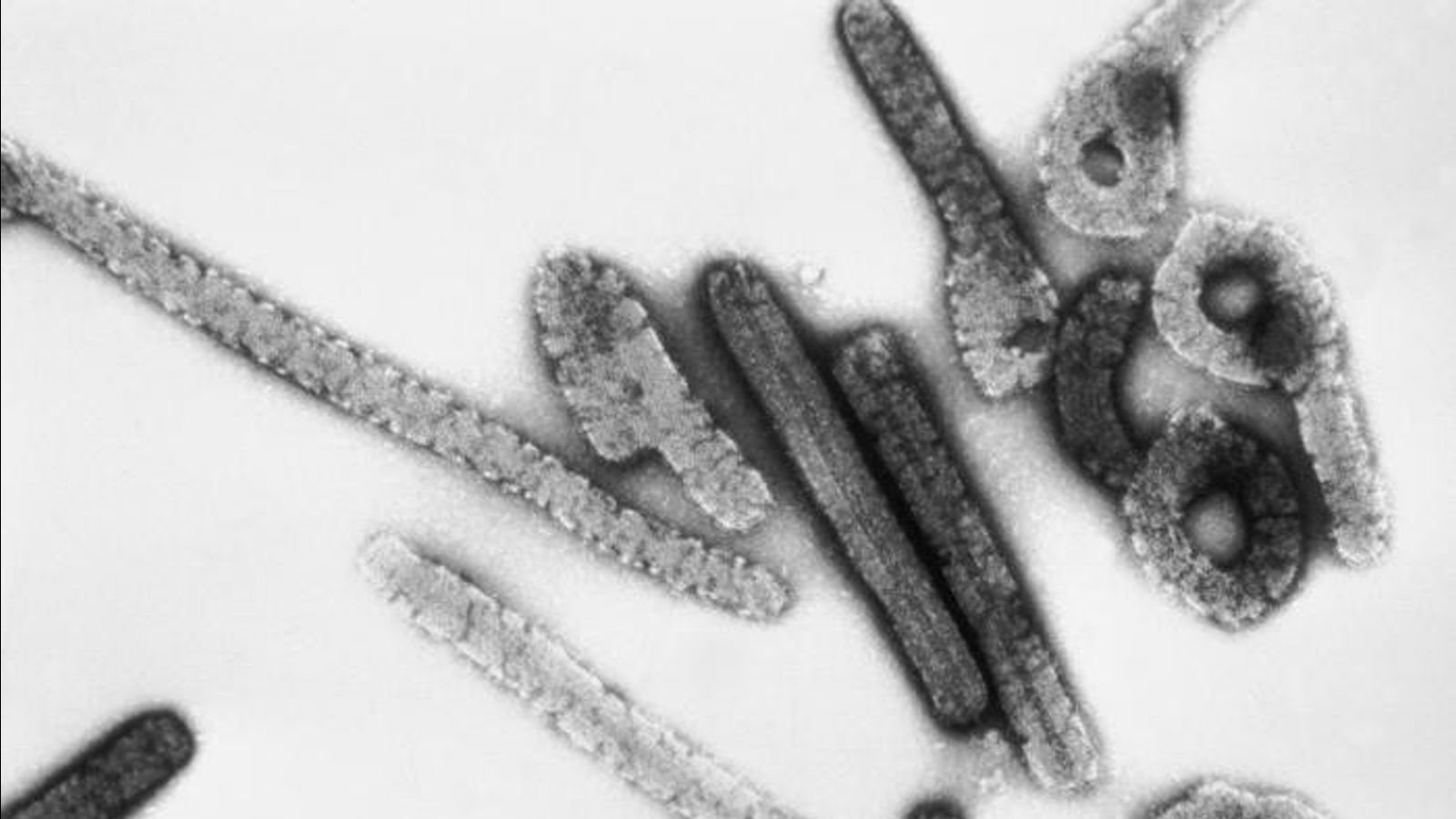The first documented outbreak of Marburg virus disease (MVD) in Ethiopia was confirmed this month in Jinka, a market town in the South Ethiopia Regional State…
Marburg virus disease confirmed in Ethiopia amid regional instability


The first documented outbreak of Marburg virus disease (MVD) in Ethiopia was confirmed this month in Jinka, a market town in the South Ethiopia Regional State…